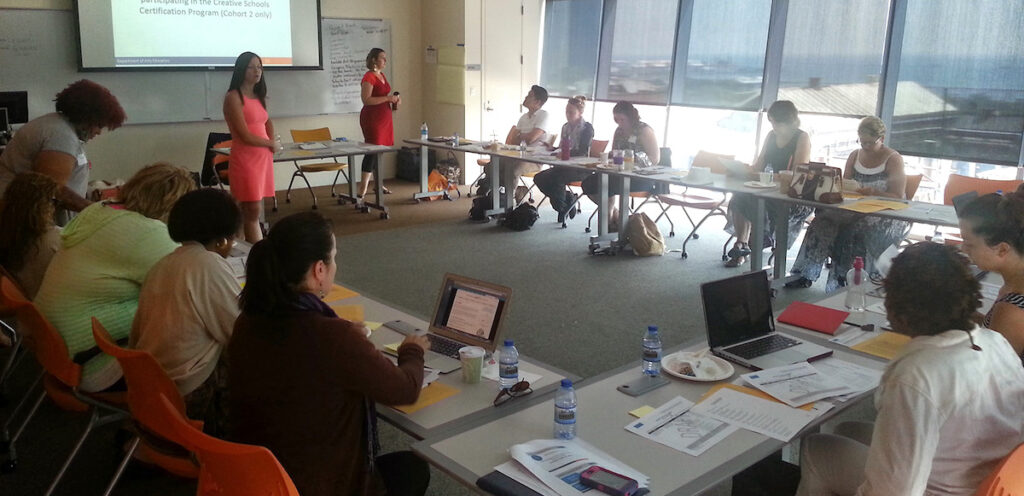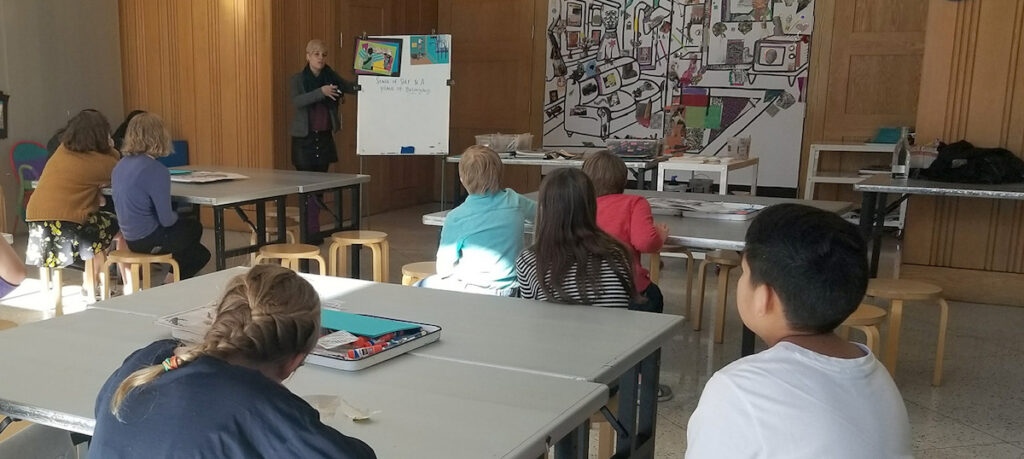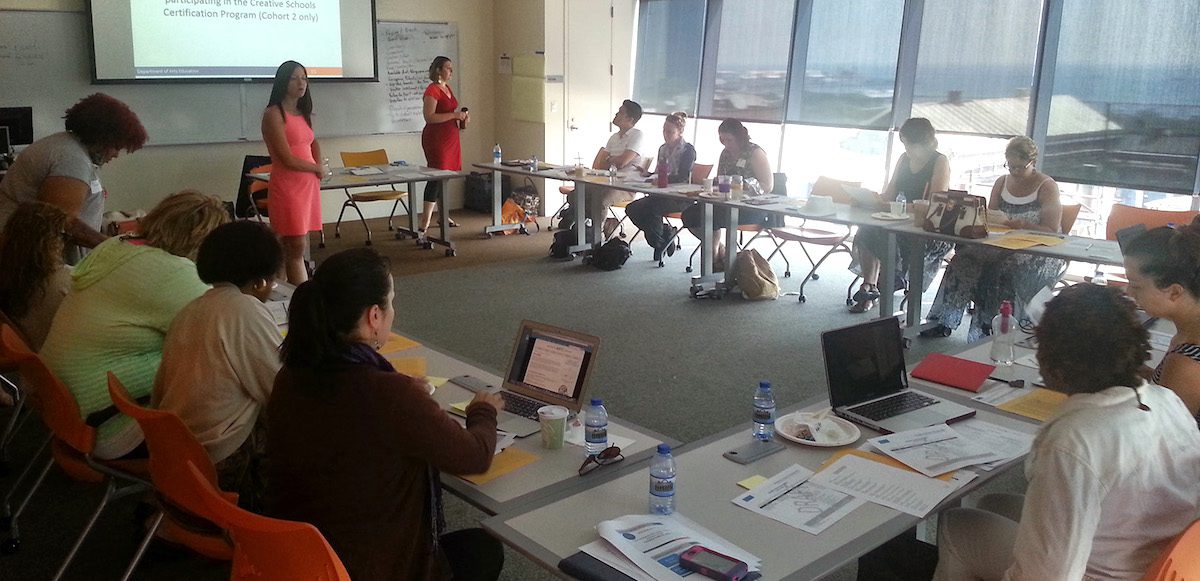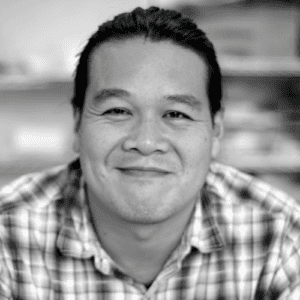Art teachers know the benefits of the arts but often encounter resistance from colleagues, administrators, parents, and even students! The arts still get lumped into the “nice to have” category. They end up on the outside looking in while the core subjects get the bulk of the attention and the funding.
How can an art teacher turn the tide and make a difference at their school or district in this battle of perception versus reality? Here are some good questions to ask and a few tips on talking with your colleagues about the benefits and power of the arts.
First Steps
Do your research.
If you’re new to your school, it doesn’t hurt to ask around and do some research about the history of the art program.
Here are some questions you’ll want to ask. Remember to seek out a variety of sources to get the full picture.
- How long has the program been funded in its current structure?
- Have changes been made to the program in the recent past?
- What has the budget looked like in recent years?
Knowing how the program came to exist and the various circumstances that brought about its current condition are helpful pieces of information.
You might also try gathering some information on comparable art programs that show varying results.
Here are some questions to consider:
- If you’re in a larger district, what sort of budgets and facilities do the other schools have?
- What about neighboring districts? What funding models do they use?
- Are there alternative sources of funding or support other art teachers have accessed?
- How do arts partners and organizations factor into the mix?

Find your allies.
Who are the friends of the arts at your school? Knowing who your supporters are gives you a network to lean on.
You’ll want to find out:
- Which teachers have always been champions of the arts at the school?
- Is there another administrator or parent who has helped back the arts? Would they help support an arts night or other fundraiser for your program?
- Are there members of the community or organizations that might support funding and programs?
Coming to the table with supporters and connections helps demonstrate the value and the networks within your community that the arts create.
The Approach
Knowing with whom you’re working and considering your audience as you make your case can shift the approach you take. What does a particular group want to hear about the value and the power of the arts?
Administrators
Principals and district personnel want to know about results. They want to know how the arts can improve test scores, increase attendance, and decrease discipline issues. You’ll want evidence to show them how the arts have a direct impact on classroom performance. Data is big with this group. Pull from sources like The Americans for the Arts and Arts Education Partnership.
Parents
Parents want to hear about the holistic benefits of the arts for their child and often are most invested in the aesthetic attributes the arts bring. They need to be convinced the arts aren’t frivolous or taking something else away from their child’s education. Discussions around the cognitive and meta-cognitive skills developed in the arts, like creative thinking and problem-solving, that help children compete in the workforce and succeed in life are useful. Often you’ll also find some staunch supporters in this group who are ready to fundraise and fight for your program.
Teachers
Your colleagues at school will be looking for opportunities to collaborate and for potential arts integration access points. Identifying ways the arts can support other subject areas and create additional modes of instruction get teachers excited! STEAM (Science, Technology, Engineering, Art, and Math) is in the news right now and strikes a chord across the board with teachers. Look at sites like The Kennedy Center’s ArtsEdge or Edutopia for information and resources.

Students
Finally, and maybe most importantly, the students at your school will be looking to have fun and want to make cool stuff! How can you shift the message that there is no future in the arts, or that it’s a “blow-off” class, and instead show how it helps them learn and access a range of topics? Media arts and design are great entry points as they take things students are already excited about like fashion, technology, and trends. Makerspaces are another design and manufacturing connection students are accessing in schools.
Knowing how to tailor the message and highlight the parts of the story that any particular group wants to hear is the most effective way to reach them.
If you’re looking to infuse more of this type of thinking into your curriculum, you’ll want to check out the Infusing Design Thinking PRO Learning Pack. You’ll see how design thinking can work with your existing curriculum and walk away with specific projects and ideas your students will love.
Data or Stories? Why not both!
Finally, you’ll want to figure out which tools will be most useful in getting the message across. Sometimes it’ll be data, the hard numbers that show trends and impacts of the arts. A district that has taken a very data-focused approach to arts advocacy is Chicago Public Schools. They have partnered with an outside organization, Ingenuity, to accurately pinpoint numbers to make a case for the arts.
Other times the stories we tell become convincing. Some people are moved by the way the arts helped change the trajectory of a person’s life or helped lift them out of a challenging situation. Hearing the success stories of celebrities and folks in the corporate sector and the ways the arts helped them achieve always shifts a few perspectives.
And sometimes, shaping a message with both these sides constructs the strongest argument. Arts advocacy is a balance of making a case, sharing your beliefs, and not necessarily changing minds, but enlightening them.
How do you talk about the arts at your school?
What sources of data or stories have you found most effective?
Magazine articles and podcasts are opinions of professional education contributors and do not necessarily represent the position of the Art of Education University (AOEU) or its academic offerings. Contributors use terms in the way they are most often talked about in the scope of their educational experiences.





